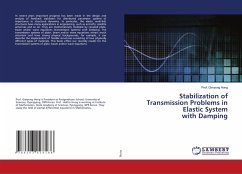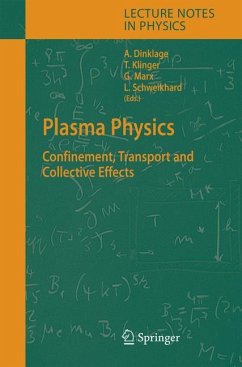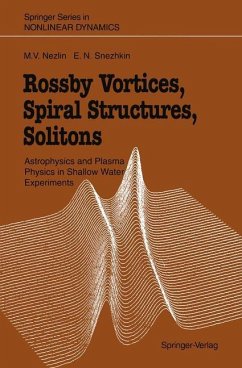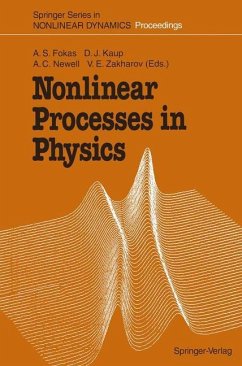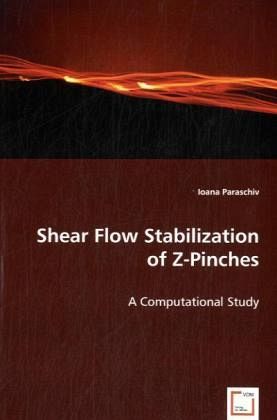
Shear Flow Stabilization of Z-Pinches
A Computational Study
Versandkostenfrei!
Versandfertig in 6-10 Tagen
45,99 €
inkl. MwSt.

PAYBACK Punkte
23 °P sammeln!
The linear z-pinch is the first plasma configuration to be proposed as a fusion device, more than 60 years ago. Unfortunately, although very simple in concept, it was discovered that the z-pinch was also very unstable. In spite of their unstable behavior, z-pinches have gained recognition as intense sources of radiation, high-energy particles, and magnetic fields, although the quest for fusion has not been abandoned. One of the proposed means of stabilization is to use sheared plasma flows to tear off the instability structure. A detailed theoretical and computational study of the development ...
The linear z-pinch is the first plasma configuration to be proposed as a fusion device, more than 60 years ago. Unfortunately, although very simple in concept, it was discovered that the z-pinch was also very unstable. In spite of their unstable behavior, z-pinches have gained recognition as intense sources of radiation, high-energy particles, and magnetic fields, although the quest for fusion has not been abandoned. One of the proposed means of stabilization is to use sheared plasma flows to tear off the instability structure. A detailed theoretical and computational study of the development of the sausage instability in the presence of sheared axial flows has been performed in this dissertation. For this purpose we have used a two-dimensional numerical code to solve the ideal set of single-fluid magnetohydrodynamic equations. It was found that sheared flows change the instability development by reducing the linear growth rates, decreasing the saturation amplitude, and modifyingthe instability spectrum. This study should be useful to graduate students and plasma physicists interested in the stability of cylindrical plasma configurations, and especially in z-pinches.



